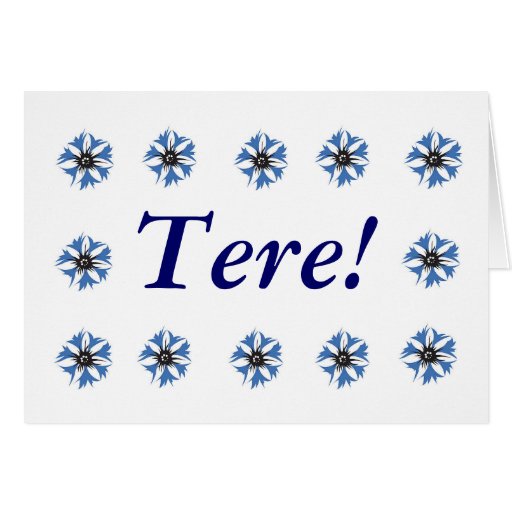There
are a few countries that are tucked away in the mysterious corners of Europe,
popping up after the massive creation of independent countries during the late
1980s and early 1990s. Estonia is
one of those countries that I only recognized as breaking away from Russia and
that its capital Tallinn was mentioned in The
Girl With the Dragon Tattoo series as a trafficking destination. Despite those dismal attributes, I’m
finding there are other far cooler things worth mentioning about this
fascinating country.
The
name for the country in the Estonian language is Eesti, which is derived from
the Ancient Roman word for the area Aesti. Although other Scandinavian and Germanic names refer to the
area as Eistland and Estland, later Latin versions of Estia and Hestia more
likely lent its name to Estonia, as it’s called in English. Estonia lies in the
northeastern corner of Europe, with Russia to the east, Latvia to the south,
Finland directly to the north across the Gulf of Finland, and Sweden to the
west farther across the Baltic Sea.
In fact, the distance between the capital Tallinn and the Finnish
capital of Helsinki is merely a 51-mile ferry ride. There is actually a proposal to build a tunnel for
freight-only between the two cities (the shortest distance would be about 50
km/31.1 mi), which would make it the longest tunnel in the world (far longer
than the Chesapeake Bay Bridge-Tunnel in Virginia that I traveled as a kid,
which is 37 km/23 mi).
The
earliest peoples moved into the area after the last glacier melted, about
11,000 years ago. The oldest
settlement dated, the Pulli Settlement, is on the river Pärnu. Historians and
anthropologists have noted the changes as the Aestii people moved through the
Bronze and Iron Ages, utilizing tools and moving into a more agrarian society,
often considering them the ancestors of Baltic peoples. Estonia also had its
own Vikings, called the Oeselians, who mostly lived on the island of Saaremaa
in the Baltic Sea. This island is
also known for being the site of a major meteor crash that formed the Kaali
Crater.
During
the 12th century, Denmark set its sights on Estonian lands and took
it as its own. They set up their
capital in Reval (later known as Tallinn). Estonia, and more specifically the
Livonian Confederation, was quite receptive to Martin Luther’s Reformation. The
Livonian War of the mid-1500s, was drawn on religious lines among other things
and ended up reducing their population by almost half. After the war, control
of the country was handed over to Sweden, and the population boomed once again
– until the plague hit, followed by the Great Famine three decades later.
Roughly 20% of the population wouldn’t make it through those.
Russia
later took control of the area, and after WWI and the Estonian War for
Independence, they declared independence in 1918 from Russia. However, Russia took it back during
WWII, where it remained under their control until Germany invaded Russia and
eventually reached Estonia. Then, to add to the tug-of-war occupation, Russia
took it back several years later toward the end of the war where it remained occupied
until 1991.
The
capital city of Tallinn, is an important port city on the Baltic Sea. Not only is it the capital but
also the largest city in the country.
The old town is listed as a UNESCO World Heritage Site. It’s also listed as one of the world’s
most digital cities. Estonia on a whole can enjoy bragging rights for having
one of the fastest Internet speeds in the world. Tallinn, which used to be known as Reval, has very strong
ties to the information technology industry, called by some as the Silicon
Valley of Estonia. In fact, much
of the development for Skype and Kazaa was done in Estonia. Tourism is also an
important industry in Estonia, famous for its castles, zoos, museums, cultural
and historical arts centers, shopping, and sports venues.
Estonia
is considered a high-income country. It also has a low ratio of government debt
to GDP as well. Oil shale mining
supplies roughly 90% of electricity for the country. The country used to be dependent on agriculture, but in
modern times, that has given way to food, construction, and electronics-based
industries. The strongest trading partners tend to be other Scandinavian
countries, as well as Russia, Germany, the UK, and the US.
Most
of the people here speak Estonian, a language closely related to Finnish,
although there are strong borrowings from other Germanic languages. Many of the
older Estonians may still also use Russian as a secondary language, left over
from the previous Russian occupation.
The most commonly studied foreign languages in schools are English,
Russian, German, and Finnish.
 |
| Tere means Hello in Estonian. |
Clearly,
Lutheranism took a strong hold in Estonia from the early days just after Martin
Luther hung his famous Ninety-Five Theses. However, since then, other Christian denominations are also
found in Estonia, as well as many followers of various earth-based religions,
Islam, and Buddhism. Many Estonians also consider themselves to have no
religion at all, or at least some kind of open preference for no one religion
in particular. According to some polls, while many Estonians do technically
list a religion when asked, many of those also feel somewhat blasé about the
whole religion issue, causing Estonia to be listed as one of the least
religious countries in the world.
Up
next: holidays and celebrations





Nice article! I need a relaxing little getaway for weekend and Tallinn is such a great place for it! There is some cheap plane tickets to Tallinn so I definitely need to come here! Thanks :)
ReplyDelete